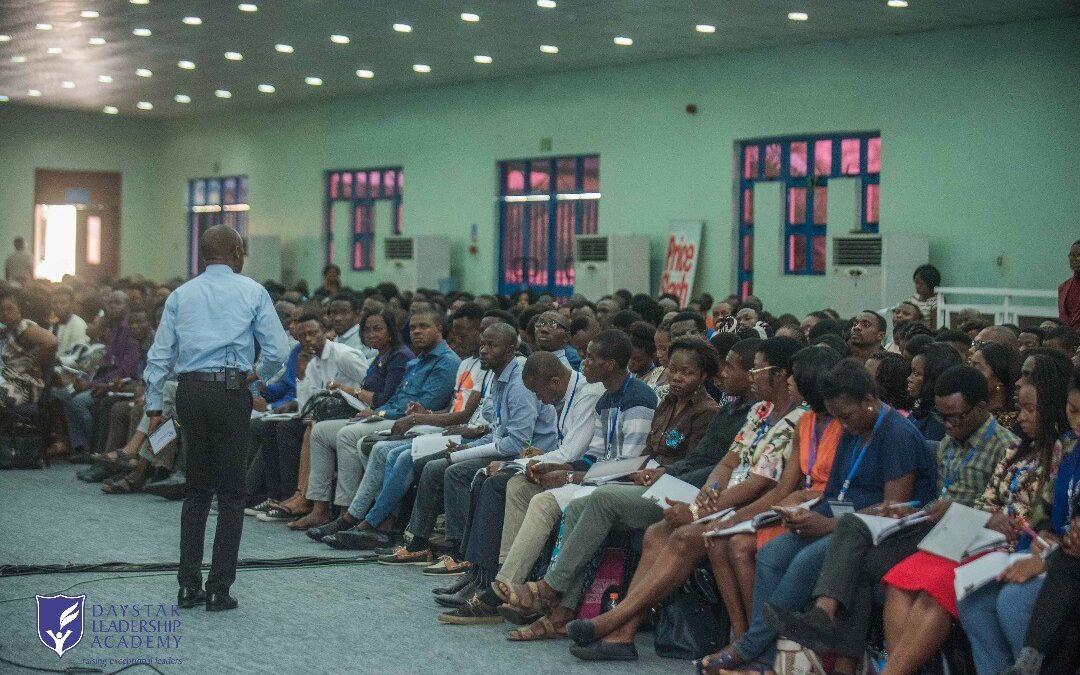Case Study:
The Impact of Mr. and Mrs. Johnson’s Values on their Children – A Critical Perspective
Mr. and Mrs. Johnson are parents of three teenagers: Emily (17), David (15), and Sarah (13). They consciously strive to instill positive values in their children, recognizing the profound impact these values can have on their development and future contributions to society. However, it’s important to acknowledge that value transmission is not a simple or guaranteed process. Even with the best intentions, parents might not be able to completely control how their children interpret and internalize values.
The Johnsons employ several strategies to promote positive values:
1. Talking about values: They engage in open and honest conversations with their children about values, encouraging critical thinking and diverse perspectives. However, it’s crucial to recognize that teenagers are not passive recipients of values; they actively construct their own beliefs through interactions with peers, media, and their broader social context. (Grusec and Goodnow, 1994)
2. Setting an example: The Johnsons strive to model the values they preach, demonstrating honesty, empathy, and community involvement. However, children may observe inconsistencies between their parents’ words and actions, or they may be exposed to conflicting values from other role models. (Bandura, 1977)
3. Creating a positive home environment: The Johnsons foster a warm, supportive, and respectful home environment. However, external factors such as school pressures, social media influences, and societal inequalities can also impact a teenager’s development and values. (Bronfenbrenner, 1979)
Outcomes:
While the Johnsons’ efforts have had a positive impact on their children, it’s important to recognize that individual differences and external factors also play a role.


